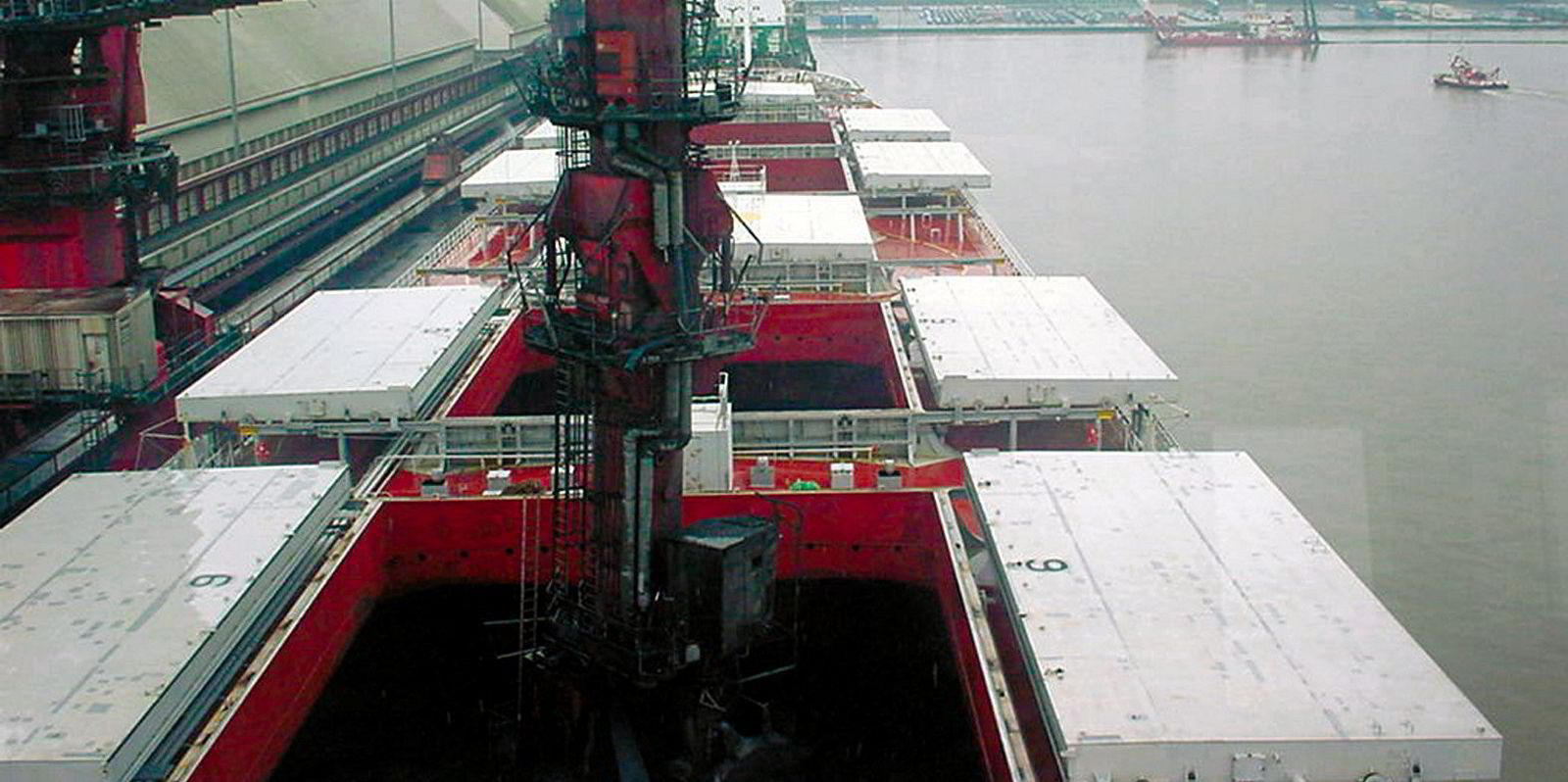The capesize spot market reversed course on Friday after falling most of the past week.
The Baltic Exchange’s Capesize 5TC basket of spot-rate averages across five key routes slid 15.4% in the first four days of the week to reach about $15,600 per day on Thursday, before erasing most of the week’s losses in one day with a 13.3% leap to nearly $17,000 per day.
Friday’s capesize fixtures on the benchmark iron ore route from Western Australia to China showed rates gaining on the week.
BHP hired an unnamed capesize to ship 170,000 tonnes from Port Hedland to Qingdao at $8.40 per tonne, with loading slated from 18 to 20 November.
That is higher than the $8.20 per tonne the Australian miner paid a week ago to hire an unnamed capesize to send the same amount of ore on the route with loading scheduled for 13 to 15 November.
Friday’s sudden about-face in the capesize market was more in response to an ongoing downward trend than anything happening in the market, said Wilson Wirawan, lead dry bulk analyst for BRS Shipbrokers.
“When the Capesize 5TC dropped sharply like how it was in the past two weeks, it is reasonable to expect and experience a technical rebound in the vicinity,” he told TradeWinds.
“We have a short bounce in Capesize 5TC today mainly due to fundamental perspective. Whenever capesize spot rates fall too fast, it is almost followed up by a reversal of trend.”
Average capesize spot rates are most likely volatile because they are based on fewer routes than average spot rates for the smaller supramaxes and handysizes, Wirawan said.
“The former is dictated by a few prominent routes, while the latter is a fragmented market,” he said.
“This also illustrates the volatile characteristics of the capesize market over the incremental nature of supramaxes due to the differences in tradeflow coverages.”
Also, a lack of tonnage in the Atlantic basin boosted the capesize sector on Friday, he said.
Friday’s bounce in the Capesize 5TC came as no surprise because it dropped like a stone during the latter half of October, said John Kartsonas, founder of Breakwave Advisors, an asset management firm that runs an exchange-traded fund focused on dry bulk shipping.
“I don’t think the volatility is unusual. Overall, it is a weak market for dry bulk, at least versus recent history,” he told TradeWinds.
“I think the likelihood of a small bounce here across the board is high. After all, we are in the seasonally strong period of the year with all dry commodities in high demand versus other periods of the year.”






